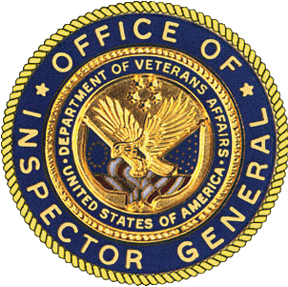The Fiduciary Program Needs to Verify the Prompt Return of Deceased Beneficiaries’ Funds to VA
Report Information
Summary
VA appoints fiduciaries to manage benefits for veterans who cannot do so for themselves, including distributing funds for their care, support, and welfare. When a beneficiary dies, the fiduciary must disburse the remaining funds either to a valid heir or back to VA if there is no will. The VA Office of Inspector General (OIG) assessed an anonymous allegation received in June 2022 that two fiduciaries under the jurisdiction of VA’s Indianapolis, Indiana, fiduciary hub had not released four beneficiaries’ funds who died in 2010, 2013, 2015, and 2020. During that assessment, the OIG identified two additional beneficiary cases warranting review. The OIG substantiated both fiduciaries returned the six funds to either VA or an heir between August and November 2022, but with delays ranging from 19 months to 12 years from the beneficiaries’ death or the date VA received the fiduciary’s final accounting of the funds distribution. Although fiduciaries must submit a final accounting within 90 days of the beneficiary’s death under federal regulation, there is no statutory or regulatory timeliness standard for fiduciaries to disburse funds to heirs or return them to VA. As stewards of taxpayer dollars, however, VA should promptly reclaim and reallocate those funds for the benefit of other veterans when there is no valid will or heir. Heirs also should not have to wait excessive periods to receive funds to which they are entitled. The OIG made four recommendations to promote the prompt return of deceased beneficiaries’ VA derived funds to heirs or VA through improved monitoring and guidance. Although the review focused on the two fiduciaries related to the initial allegations, the process deficiencies identified and related recommendations could have significant effect across VA’s nationwide Fiduciary Program.
The Pension and Fiduciary Service clarifies procedural requirements to fiduciary hub staff on how to verify whether VA-derived funds of deceased beneficiaries must be returned to VA, including whether the fiduciary identified any valid will or heir to whom the funds are otherwise due.
The Pension and Fiduciary Service identifies existing or implements new electronic controls that allow VBA staff to track Fiduciary Program tasks, timeliness, and workload related to the return of deceased beneficiaries’ VA-derived funds to VA that would otherwise escheat to a state if not disbursed to heirs.
The Pension and Fiduciary Service and the Office of Field Operations establish a methodology and monitor workload to ensure the prompt return of deceased beneficiaries’ VA-derived funds.
